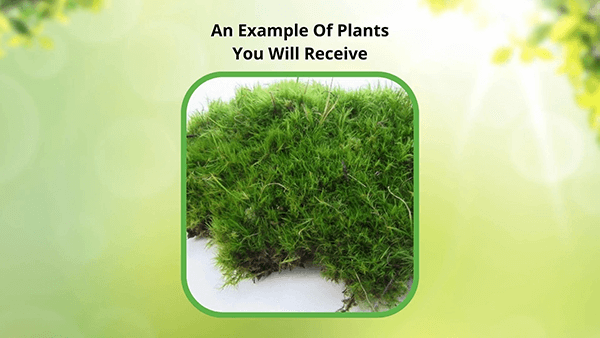White Reindeer Moss- Cladonia Rangiferina
Reindeer Moss, despite its name, is not actually moss but actually a type of lichen. It is native to harsh, cold environments and thrives during the winter. This is what makes it an important naturally occurring food source for winter animals, such as Reindeer (hence its name!). It is found widely occurring in forests.
White Reindeer Moss Plant Details
Family: Cladoniaceae
Light Requirement: Full Sun – Partial Shade
Water Needs: Low - Moderate
Height: 1-4 in.
Spread: Indefinite
Growth Rate: Very Slow

Wildlife Value: Provides shelter for small creatures, stabilizes soil, provides nesting material for wildlife, and retains beneficial moisture
Despite its reputation as a cold-hardy fixture, this lichen can also tolerate hot temperatures. This makes it a versatile, wildly unique groundcover that comes in a wide variety of hues, ranging from white, yellow, and green.
The base is typically where the green grows in, with the spongy upshoots being an incredibly stand-out silvery gray. This lichen is incredibly drought-resistant and can tolerate a variety of substrates. It has a slight preference for growing upon rocks rather than soil.
Landscape Uses and Maintenance of White Reindeer Moss (Cladonia Rangiferina)
Reindeer Moss can cover soil in gardens as a groundcover, but it is very slow-growing. It is a very popular addition to living terrariums and also in decorations. Because of its ability to be dried and preserved completely, people often fill frames with Reindeer Moss and create artistic patterns. Be sure not to plant in high-traffic areas, as this lichen is delicate and easy to trample.
Noteworthy Characteristics of White Reindeer Moss
Reindeer Moss has a distinct wintery look. Wherever it is grown, it can bring to mind the cozy winter months and add a unique flare. As a lichen, it will remain largely unchanged and has a very consistent texture. It is light, airy, and can be a peaceful addition to any habitat it is grown in. The bright white stands out especially well when grown among other green mosses.
Exposure
Reindeer Moss thrives in bright, shady light. It favors a spot with filtered sunlight or dappled shade, as it can get scorched in direct sunlight. Ideal light conditions mimic its natural environment of open woodlands and arctic tundra.
Height at Maturity
Under 6 Inches
Usage
Shade Groundcover
Shipped As
Bare-root
Ships
UPS
Planting Zones
5-9



